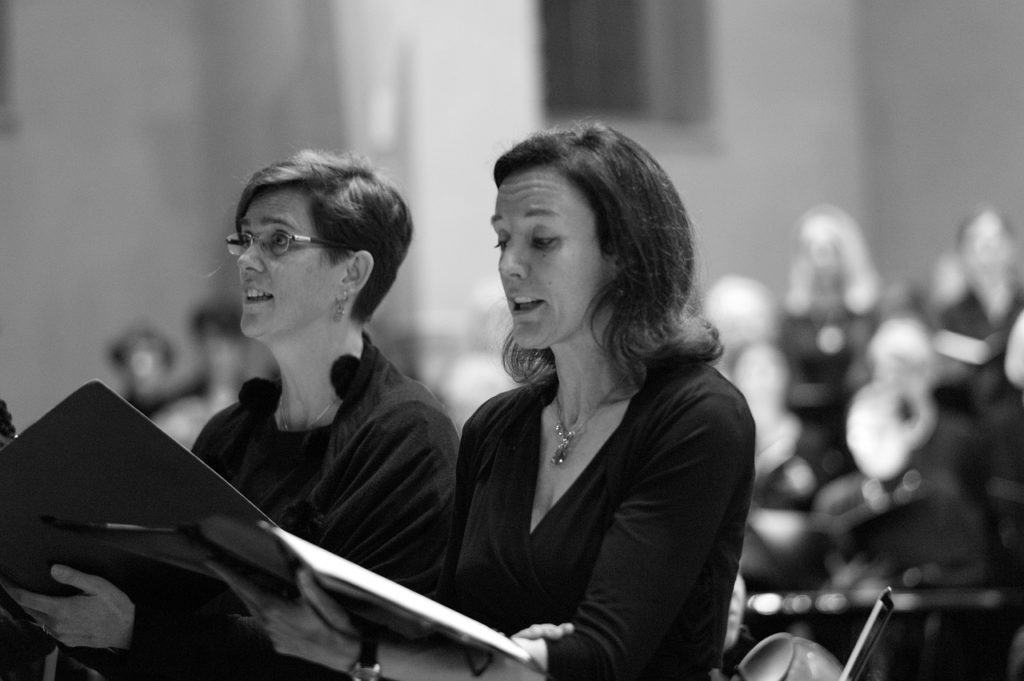Are you clueless about arpeggios? An arpeggio, or broken chord, is a basic musical figuration that’s used in multiple musical genres and playing styles. It adds grace and elegance to your music, allowing you to achieve a lighter and more sophisticated sound. Keep reading “Basic Arpeggios Explained in Less Than 3 Minutes” to learn what they are and how they work. Estimated reading time 2 minutes.
Read More

